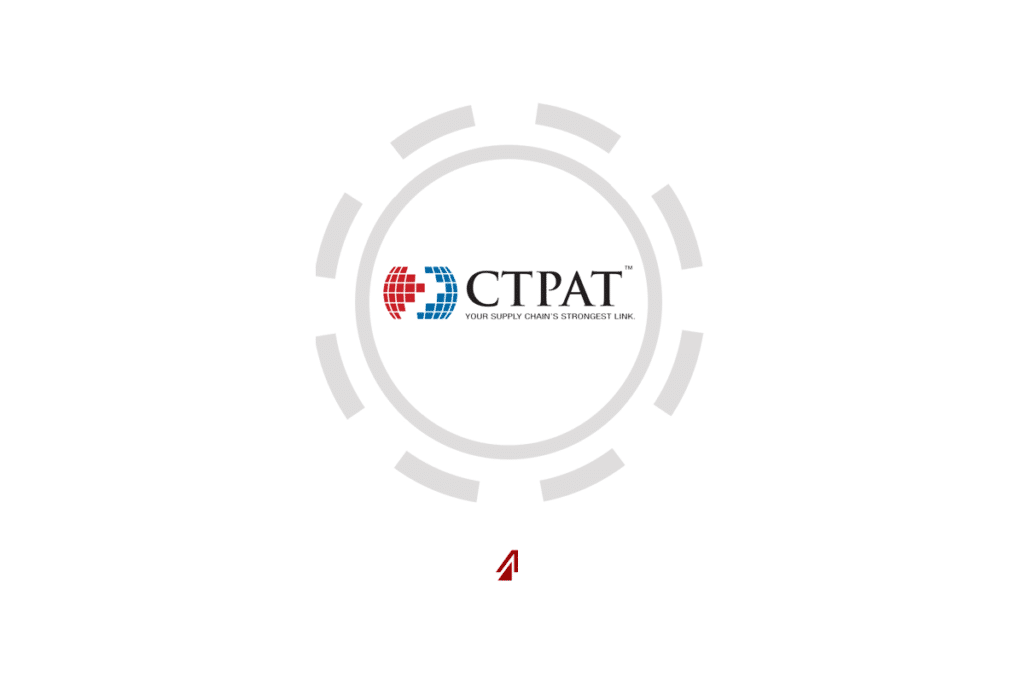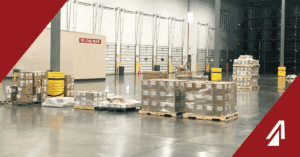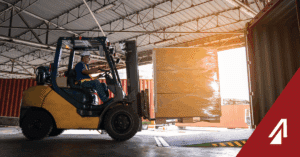Oftentimes in logistics blogs or forums, you will hear the importance of having trade certifications like CTPAT. You might hear that this standard separates your company as an industry safety leader in cargo security, border security, and the fight against international terrorism. That having this certification can automatically instill trust and credibility into your operations and set you apart from other companies that do not have it. You might be wondering, “Is that true?” So, what is CTPAT? Find out about what it is, who is/can be involved, why to certify, and how to certify here.
What is CTPAT?
CTPAT stands for Customs Trade Partnership Against Terrorism and was founded in November 2001. It was launched as a portion of Customs and Border Patrol’s (CBP) “multi-layer cargo enforcement strategy” as a way to protect U.S. borders from terrorist threats as well as compromised U.S. cargo.
The certification is a voluntary agreement to work with CBP to install protective measures that secure supply chains. In short, it is a Public-Private sector partnership.
Who Is/Can Be Involved with CTPAT?
Currently, there are more than 11,400 certified partners in the CTPAT program from many different sectors of the supply chain community- including foreign and domestic companies. CBP has partnered with all types of logistics companies including:
• Importers
• Carriers
• Consolidators
• Licensed Customs Brokers
• Manufacturers
• 3PLs
Each of these entities underwent a thorough investigation detailing specific security initiatives and action plans throughout their supply chains.
Not only are companies partnered with CBP, but foreign customs agencies as well. The U.S. CBP has mutual recognition with foreign countries’ customs agencies in documents called an “arrangement” that allow the two entities to collaborate and recognize compatibility between the two’s supply chain initiatives. The Arrangement ensures foreign powers have the same or similar standards as CTPAT. As of December 2018, CBP has 12 Mutual Recognition Agreements (MRAs) with other countries. (The most recent being Peru)
Why to BE CTPAT Certified
Besides having an active role in the war on terror, companies with a CTPAT certification have numerous other benefits. One of the primary benefits of partnership is that members are considered lower risk and are less likely to be stopped at the border. Other benefits include:
• Fewer CBP examinations
• Front of the line inspections
• Shorter wait times at the border
• Access to the Free and Secure Trade (FAST) lanes (land borders)
• Business resumption priority after natural disasters or terrorist attacks
• More
Companies who are CTPAT certified are able to move across borders more quickly and are considered more trustworthy by CBP. This gives these partner companies a strategic advantage. These companies have proof that they are committed to cargo safety throughout the supply chain, as well as providing safety and protection measures for their own employees. This commitment to safety and security is bonus in today’s fast-paced logistics world.
How to Certify for CTPAT
An application for CTPAT certification, according to CBP, is “easy and it is done online.” You can fill out the application directly and submit it to CBP; you do not require an intermediary. The process is straightforward, but thorough, and takes part in a few short steps.
1. Start by going to CBP.gov and review the CTPAT minimum security criteria for their business. This will help determine their eligibility and inform them as to the CTPAT standards.
2. Next, you will register and submit a basic application via the CTPAT Portal System.
3. Then, your company will fill out a complete supply chain security profile. At this time, you will work directly with CBP to determine if your company is eligible for CTPAT certification.
4. Lastly, the program will review your information and make a determination for approval or rejection within 90 days. If accepted, you will be validated within a year.
CTPAT is a voluntary partnership with U.S. CBP to help protect U.S. borders and freight. It provides opportunities to move your freight more quickly and effectively, and it helps create a strategic advantage of trust. Becoming certified is a rigorous but straightforward process that has proven for many companies to be well worth the effort.
Need a C-TPAT certified 3PL provider?: LEARN MORE



